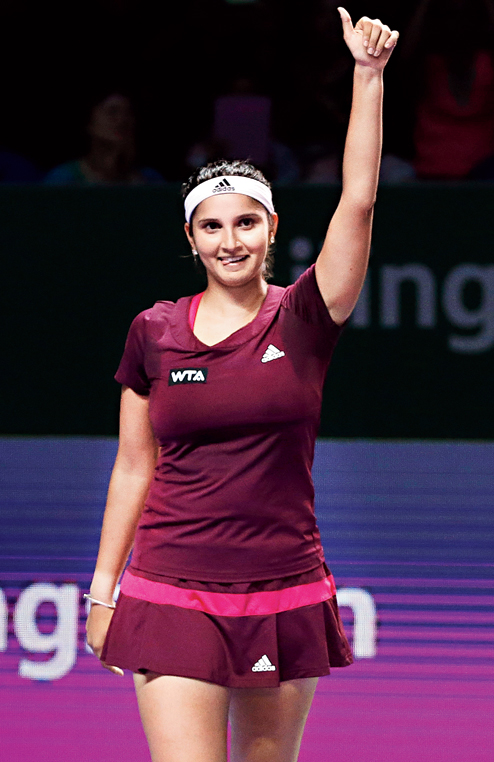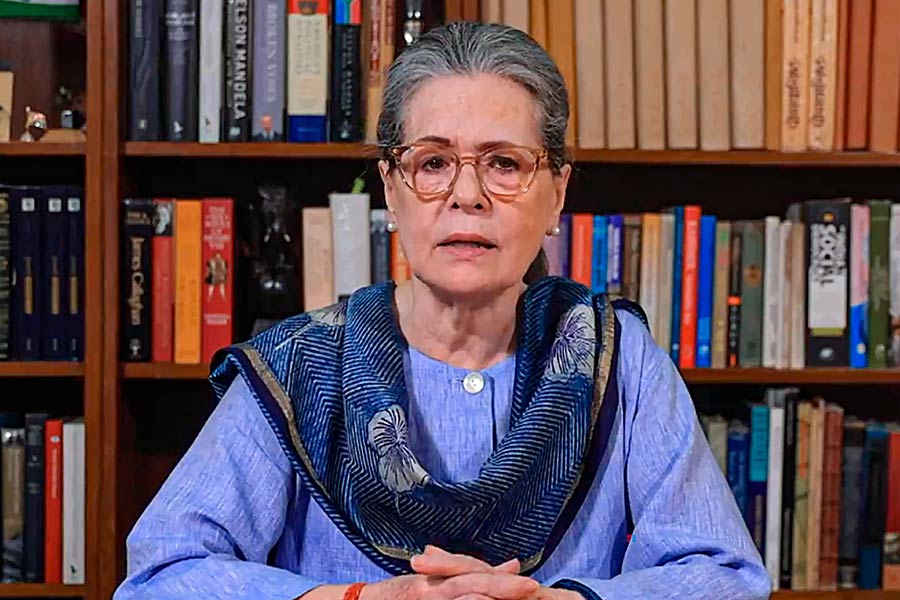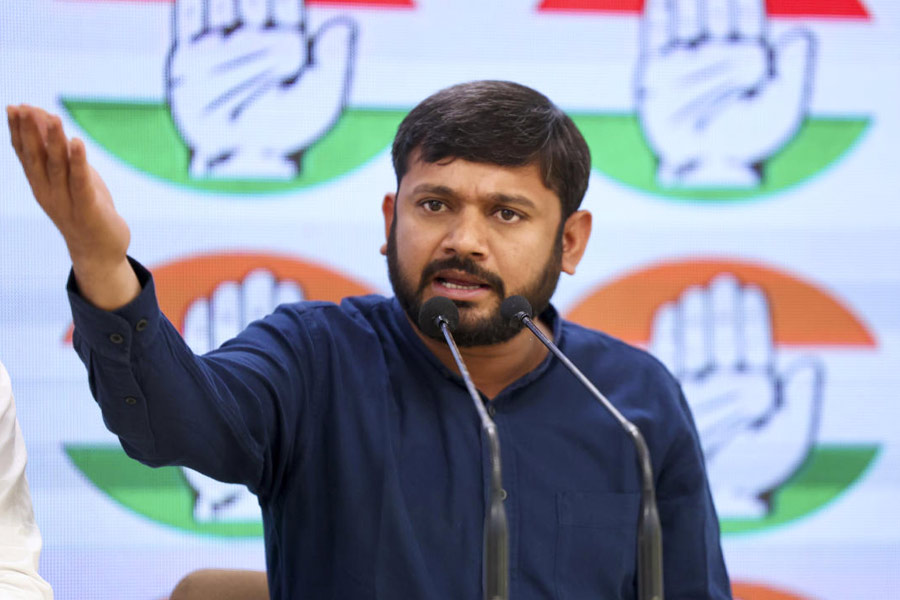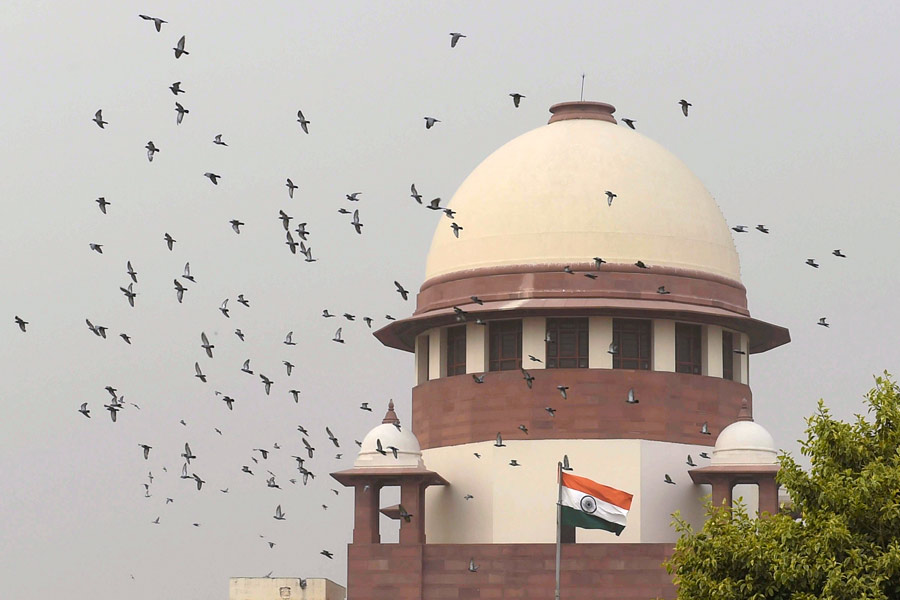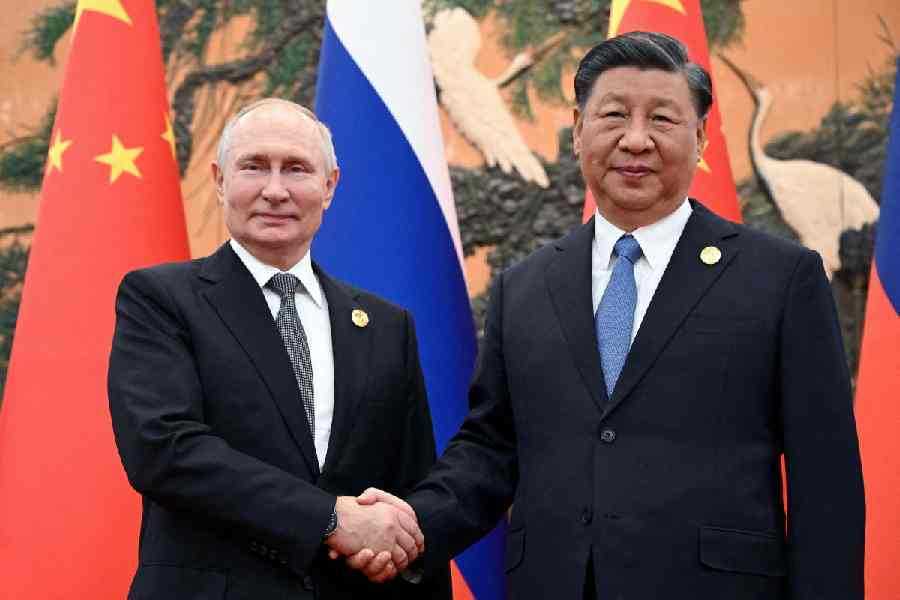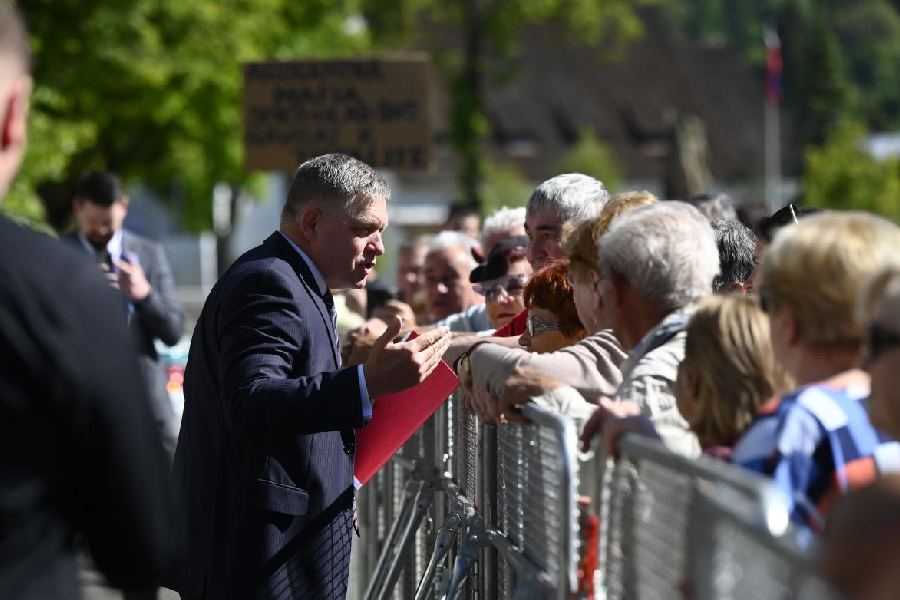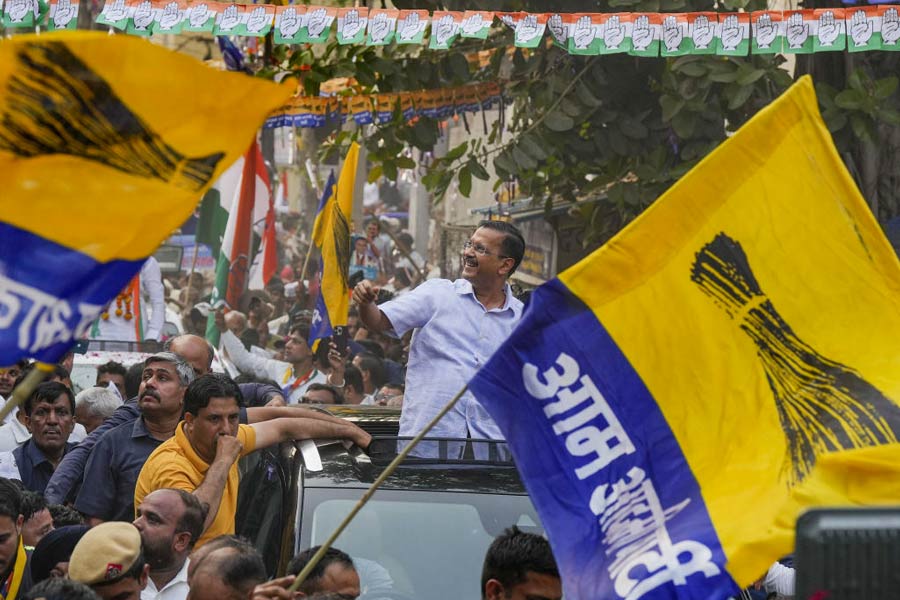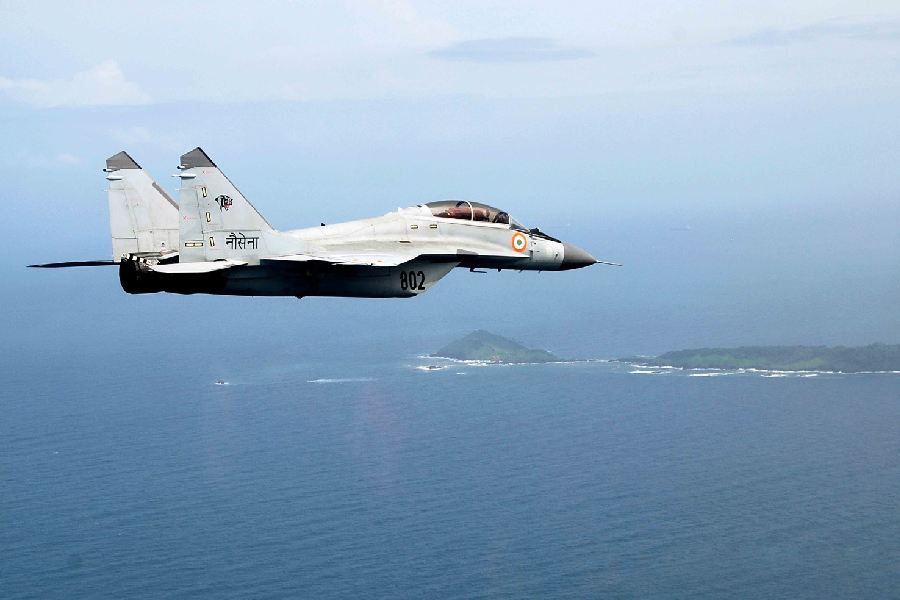At 27, tennis star Mirza is in the news once again for winning the women's doubles WTA Championships Final on her debut at the tournament in Singapore last month. The title is noteworthy because the world's 8 top teams are chosen to play. And this, after almost retiring completely in 2010 when she was beset by numerous injuries.
Mirza is iconic in a way few of her peers are. She refuses to be pigeon-holed and has let her racquet do all the talking when it comes to critics who are annoyed by her life choices, be it her fashion style, her love life, her tournament defeats or her selection as the brand ambassador of the country's newest state.
Mirza's mother, Naseema, is the first to walk into the living room embellished with Islamic calligraphy and tapestries and plentiful crystal. Her father, Imran, a journalist-turned-builder, follows shortly. It is they who were quick to recognise their eldest daughter's talent. 'Within about three months of her starting out, we could see she had something special. We went on to encourage it. We didn't foresee the future but even when she played at state level, in under-10, under-12 we would have been happy with what she did at that stage,' Imran recalls.
Mirza, slim and lithe in loose hair and T-shirt, vividly remembers her first brush with tennis when she joins us. She was six when she first casually picked up a racquet at the Nizam Club in Hyderabad. 'The coach said, 'I can't believe she is actually making contact from string to the ball, when you have held it for the first time in your life.' So obviously the ball sense was there from the beginning,' she says.
Imran, who ran a sports magazine, picked up tips from the Internet to coach his daughter. People thought she was an overnight success when she won the Junior Wimbledon in 2003 but it had taken her 10 years to get there, he says. She was 16 when she won the Girls' Doubles at Wimbledon. 'In tennis you can have the talent, but you need the consistency that only comes from slogging. It was hard work all through. She played her first tournament at seven or eight and did remarkably well against someone who was about 16 years old. That's when people started noticing her. She got her first headline.' And then the travel began. Across India, for competitions.
Imran diesel-ised his old Maruti 1000 and would sometimes drive cross-country 36 hours straight. Mirza would be racquet-ready on arrival. It made for a great tale: Her traditional background and her aggressive forehand in an unsparing athletic sport.
Imran's great-grandfather was the home minister under the Nizam in 1908, his father the chief engineer on the Gandhipet dam. 'We are the most traditional family you will ever find. Sania prays five times a day, fasts during Ramzan, and the nose-ring is the most traditional form of jewellery in Hyderabad. In America she was considered a rebel because of that, and for me it was the most traditional thing,' he smiles.
Sania is partial to body piercings. Nine in her ears, and even one in her belly-button. 'Which not many people know of. I think that's a little bit more rebellious than my nose-ring but my nose-ring became a big issue,' she chuckles.
| INDIAN TENNIS STARS |
|---|
| Vijay Amritraj: Singles No. 16 (1980); Doubles No. 23 (1980); WCT Masters' Doubles (a pre- ATP WTA counterpart) in 1977 Ramnathan Krishnan: Singles No. 6 ( 1961) Ramesh Krishnan: Singles No. 23 ( 1981) (The Krishnan father- son also each won the Wimbledon Juniors title) Mahesh Bhupathi: Singles No. 217 in 1998; Doubles No. 1 in 1999 ( currently No. 111); Won: 3 Grand Slam Doubles, 8 Mixed Doubles(including 2 with Mirza) Leander Paes: Singles No. 73 in 1998; Doubles No. 1 in 1999 ( currently No. 35); Won: 8 Grand Slam Doubles, 6 Mixed Doubles |
The one principle that the Mirza family was brought up on was they were not 'answerable to anyone'. That belief extended to what Sania wore off and on court. The shortness of her skirt irked some religious critics but her parents believed it was Sania's choice. As when she fell in love with Pakistani cricketer Shoaib Malik. They married in 2010. 'She had almost decided and we didn't have anything to go against the decision,' her father says. In fact, Mirza was encouraged to always speak her mind, rather than be meek and accepting.
This self-assurance has often been dubbed arrogance, an accusation she swats away. 'When you are well spoken, it is often taken as arrogance in this country. It is almost as if: who does she think she is? Add that with being a woman, being unapologetic and having an opinion, being half-decent looking...,' she trails off wryly.
'And it is not just in India, I see it in my husband's country as well, I think we are not very self- confident in the subcontinent. Kids are considered badtameez for questioning their elders, or their teachers. But one must question to understand what is good for one's career or life. I don't live life by the norms. Most successful people don't. You have to cut through the norms to be extraordinary,' she avers.
Twenty one years after she discovered tennis, Mirza is now focusing on her doubles career. She relinquished playing singles two years ago amid dismay that she was retiring prematurely. 'I think Sania had all the talent, attitude and good work ethic for five more years of singles in spite of what injuries she might have had,' rues tennis legend Vijay Amritraj, who nearly 40 years ago won the men's equivalent of the WTA. But he considers her achievement outstanding. 'We never had someone of her quality in women's tennis since Independence,' he says.
But Mirza feels that her body could not cope after three knee surgeries in six years and a form of arthritis that is seen mostly in 70-year-olds. In 2010 her wrist was so bad she could not flex it.
'That was the breaking point,' she gives a shaky laugh, before adding, 'People also need to understand that tennis is the most physical individual sport in the world today.' After a six-month hiatus she returned to singles and the No. 55 spot. She won two medals in the CWG and two medals in the Asian Games before her knee surgery forced her to stop.
'You have to accept reality. I am a very practical person. I knew it was probably impossible for me to be number 1 in the world in singles. People thought I was being less ambitious. It wasn't that. Yes, I thought I could be top 20 in the world. I got to 27.'
It is the same tendency to call it as she sees it that led her to take on the All India Tennis Association and her mixed doubles partners when she was placed in the middle of a Mahesh Bhupathi-Leander Paes spat that had her, as she called it, being used as 'bait' for Paes. Mirza's robust reprimand for dragging her into the fray earned her tremendous support. Just as when she brushed off remarks from a BJP MP who criticised the newly-born Telengana state for making a 'daughter-in-law of Pakistan' its brand ambassador. 'It was a great honour to be asked to represent what the state stood for. Fortunately, I have won so much after that the two or three people who were talking all that rubbish have gone into hiding,' she says brusquely. English Vinglish director Gauri Shinde admires her for her 'quiet courage in the way she does not let controversies come in the way of her game. Let her have her life, let her have her play.'
Her peers respect her talent and commitment to tennis. 'Sania is respected among the best in the world. She should be proud of herself for her win in the WTA,' says the US's Bethanie Mattek-Sands, former doubles partners, singles rival and her best friend. 'Everybody is wary of her forehand, it is supernatural. Her dad has said she had it since young. Nobody taught her,' she says admiringly.
| SANIA STATS |
|---|
| Current world ranking: World No. 6 in Doubles Career best: World No. 27 in Singles ( 2007) Won: 3 Grand Slam Doubles Titles: 2009 Australian Open, 2012 French Open and 2014 US Open; Girls' Doubles Wimbledon in 2003, (Ranked No. 1 in Girls' Doubles in 2003); WTA Championship Doubles in 2014 |
Imran has been his daughter's most constant coach as foreign coaches were costly at $5,000 a week. For him, Mirza 'remains a daughter first and foremost. The rest follow.' His daughter says her family has been her support system. Her husband brings a 'calmness' to her life. They are opposites. 'Even in a fight I am the one who talks and screams. He is very, very calm and that calms me a little for I can be quite hyper. I am very stubborn. He is not. And that helps. We balance each other a little bit.'
It also helps that they play at the highest level of their respective sport and 'understand each other without having to say a word.' But she says with a mischievous smile, they don't 'complete each other'. 'I don't think anyone can. You gotta complete yourself first to actually give.' With a packed playing calendar they meet in India, Pakistan or one of the places where either of them is playing.
She once thought by 24-25 she would be done with tennis. Now she has her eye on a new target. 'Can I be number 1 in doubles in the world? 100 per cent,' Mirza answers herself. And gives herself two years to achieve it. To aim is her choice.

